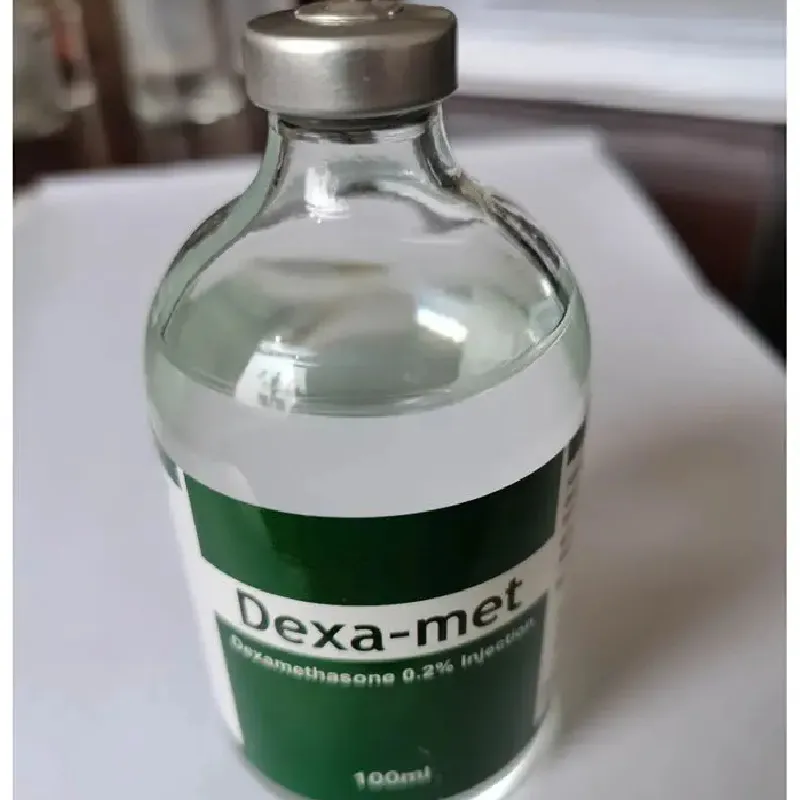- Afrikaans
- Albanian
- Amharic
- Arabic
- Armenian
- Azerbaijani
- Basque
- Belarusian
- Bengali
- Bosnian
- Bulgarian
- Catalan
- Cebuano
- Corsican
- Croatian
- Czech
- Danish
- Dutch
- English
- Esperanto
- Estonian
- Finnish
- French
- Frisian
- Galician
- Georgian
- German
- Greek
- Gujarati
- Haitian Creole
- hausa
- hawaiian
- Hebrew
- Hindi
- Miao
- Hungarian
- Icelandic
- igbo
- Indonesian
- irish
- Italian
- Japanese
- Javanese
- Kannada
- kazakh
- Khmer
- Rwandese
- Korean
- Kurdish
- Kyrgyz
- Lao
- Latin
- Latvian
- Lithuanian
- Luxembourgish
- Macedonian
- Malgashi
- Malay
- Malayalam
- Maltese
- Maori
- Marathi
- Mongolian
- Myanmar
- Nepali
- Norwegian
- Norwegian
- Occitan
- Pashto
- Persian
- Polish
- Portuguese
- Punjabi
- Romanian
- Russian
- Samoan
- Scottish Gaelic
- Serbian
- Sesotho
- Shona
- Sindhi
- Sinhala
- Slovak
- Slovenian
- Somali
- Spanish
- Sundanese
- Swahili
- Swedish
- Tagalog
- Tajik
- Tamil
- Tatar
- Telugu
- Thai
- Turkish
- Turkmen
- Ukrainian
- Urdu
- Uighur
- Uzbek
- Vietnamese
- Welsh
- Bantu
- Yiddish
- Yoruba
- Zulu
Nov . 11, 2024 05:05 Back to list
Injectable Ivermectin Treatment for Cattle Health and Parasite Control Solutions
Injectable Ivermectin for Cattle A Comprehensive Overview
Ivermectin is a widely used antiparasitic drug that has gained prominence in the veterinary field, particularly in the treatment of cattle. Administered orally or through injection, ivermectin is effective against a variety of internal and external parasites. This article aims to provide an in-depth overview of injectable ivermectin for cattle, discussing its benefits, administration methods, efficacy, and safety considerations.
What is Ivermectin?
Ivermectin is a macrocyclic lactone that was first discovered in the 1970s. It has been extensively used in both human and veterinary medicine. In cattle, ivermectin is primarily utilized to control parasites such as roundworms, lungworms, and ectoparasites like lice and mites. The drug works by binding to specific channels in the parasitic nervous system, leading to paralysis and death of the parasites.
Advantages of Injectable Ivermectin
1. Rapid Action One of the primary benefits of injectable ivermectin is its rapid action. After administration, the drug quickly enters the bloodstream and reaches peak plasma concentration within a short period. This provides immediate relief from parasitic infestations, especially in severe cases.
2. Long-Lasting Effects Injectable formulations of ivermectin generally provide longer periods of effectiveness compared to oral medications. Depending on the formulation, the effects can last from several days to weeks, reducing the need for frequent treatments.
3. Ease of Use For large herds, injectable ivermectin can be easier to administer than oral treatments. It is particularly beneficial in cases where cattle are reluctant to consume medicated feed or water.
4. Reduced Risk of Resistance Regular use of injectable ivermectin can help control parasite populations effectively, thereby reducing the likelihood of developing resistance. It is essential, however, to rotate with different classes of antiparasitics to manage resistance effectively.
Administration Methods
Injectable ivermectin can be administered intramuscularly or subcutaneously, depending on the product used and the specific requirements of the treatment. It is crucial to follow the manufacturer's instructions regarding the dosage and method of administration to ensure efficacy and safety.
injectable ivermectin for cattle

1. Dosage The standard dosage of ivermectin varies by weight and the specific formulation of the drug. Typically, the recommended dosage is about 200 micrograms per kilogram of body weight. Accurate dosing is critical to ensure both efficacy and safety.
2. Technique Proper injection technique is essential to minimize tissue damage and potential complications. Cattle should be restrained appropriately, and the injection site should be cleaned before administration. It's important to rotate injection sites to prevent irritation.
Efficacy Against Parasites
Injectable ivermectin has proven to be highly effective against various parasites that affect cattle. It is particularly efficacious against gastrointestinal nematodes, including those resistant to other antiparasitic classes. Studies have shown that injectable formulations can provide significant reduction in parasite burdens, leading to improved cattle health, weight gain, and overall productivity.
Safety Considerations
While injectable ivermectin is generally safe when used correctly, several considerations should be kept in mind
1. Withdrawal Period Meat and milk withdrawal times are critical when using ivermectin. Producers must observe these periods to ensure consumer safety and comply with regulations. Typically, there is a withdrawal period of around 30 days for meat, while the period for milk can vary.
2. Adverse Reactions Though rare, adverse reactions may occur. These can range from mild localized reactions at the injection site to more severe systemic responses. Monitoring cattle post-injection is advisable to identify any potential issues early.
3. Consulting a Veterinarian Before initiating treatment with injectable ivermectin, consulting a veterinarian is recommended. They can provide tailored advice based on herd health, local parasite prevalence, and specific product usage.
Conclusion
Injectable ivermectin is a valuable tool in managing parasite infestations in cattle. Its rapid action, long-lasting effects, and ease of administration make it a preferred choice for many cattle producers. However, understanding the correct dosage, administration techniques, and safety considerations is crucial to maximize its effectiveness while ensuring the health of the animals and compliance with regulatory standards. As with any treatment, a responsible, informed approach is essential for maintaining livestock welfare and productivity.
-
Guide to Oxytetracycline Injection
NewsMar.27,2025
-
Guide to Colistin Sulphate
NewsMar.27,2025
-
Gentamicin Sulfate: Uses, Price, And Key Information
NewsMar.27,2025
-
Enrofloxacin Injection: Uses, Price, And Supplier Information
NewsMar.27,2025
-
Dexamethasone Sodium Phosphate Injection: Uses, Price, And Key Information
NewsMar.27,2025
-
Albendazole Tablet: Uses, Dosage, Cost, And Key Information
NewsMar.27,2025













